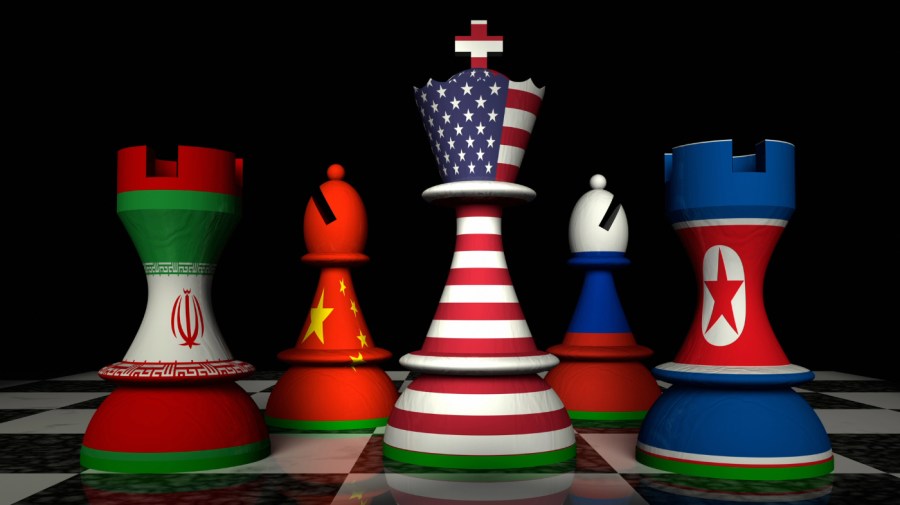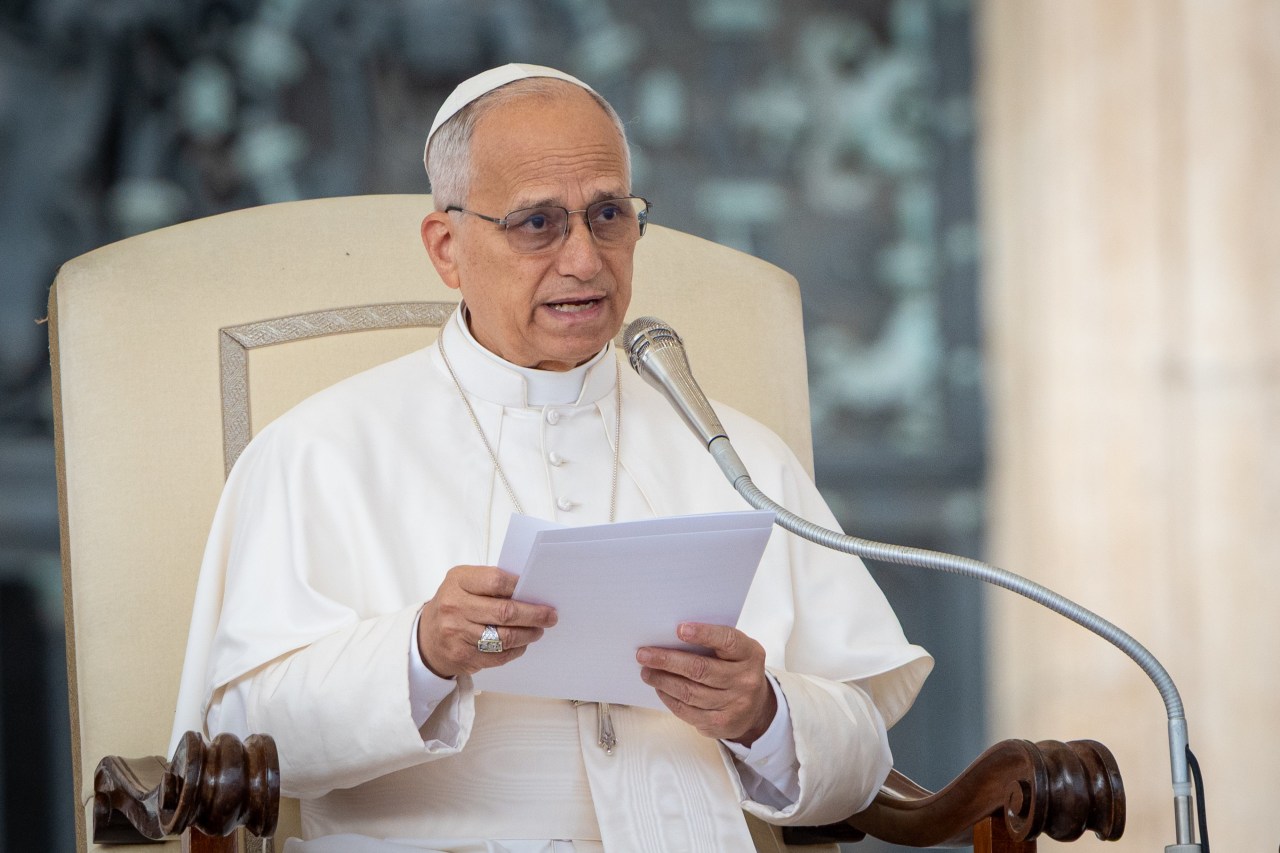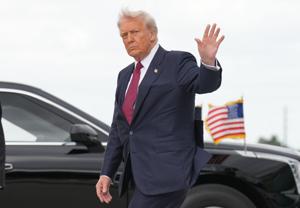On October 5, 2025, Russia launched a substantial military attack on Lviv, utilizing a combination of 549 drones and missiles. The assault, which occurred just 35 miles from Ukraine’s border with Poland, resulted in the deaths of five individuals and left tens of thousands without electricity. The weapons employed in this offensive were likely manufactured in an arms factory located approximately 500 miles east of Moscow, but they incorporated components produced in Iran.
The ongoing military collaboration between Russia and Iran has persisted despite international sanctions aimed at undermining their arms trade. These sanctions have not been sufficient to dismantle the black market that facilitates the exchange of military resources between the two nations.
Impact of Sanctions on Arms Trade
According to a report by the International Institute for Strategic Studies (IISS), the sanctions imposed by Western nations have had limited success in curbing the supply of military technology to Russia. Instead, they have inadvertently spurred the development of a more resilient and clandestine arms market. The report highlights that Iran has become a critical supplier of weapons technology, including drones and missile components, to Russia.
Iran’s involvement in the arms trade has been particularly evident in its provision of advanced drone technology. Analysts note that these drones, which have been instrumental in Russia’s military strategy, are a testament to the deepening military ties between Tehran and Moscow. Additionally, the Iranian government has been accused of leveraging its arms production capabilities to support Russia’s ongoing military operations in Ukraine.
The black market for arms between these two nations thrives due to a combination of factors, including the demand for military support from Russia and Iran’s strategic interest in bolstering its regional influence. As a result, the flow of military resources continues unabated, undermining the intended effects of sanctions.
Consequences for Regional Stability
The ramifications of this unyielding arms trade extend beyond the immediate conflict in Ukraine. Neighboring countries, particularly those in Eastern Europe, are increasingly concerned about the implications of a strengthened Russia-Iran alliance. The continued influx of advanced weaponry poses a significant threat to regional stability, as it emboldens aggressive military postures.
Ukrainian officials have expressed alarm over the potential for further escalations in violence, particularly as winter approaches. The lack of a definitive resolution to the conflict, coupled with the ongoing military support from Iran, raises concerns about the long-term implications for peace in the region.
In light of these developments, it is evident that a reassessment of current sanctions and diplomatic strategies may be necessary. As the global community grapples with the complexities of this situation, it is crucial to recognize that the existing measures may not be sufficient to curtail the military collaboration between Moscow and Tehran. The situation requires a comprehensive approach that addresses the underlying factors fueling this black market and seeks to foster greater accountability within the international arms trade.





